The Silver Bayonet: A Wargame Of Napoleonic Gothic Horror | First Impressions
October 21, 2021 by crew
The Silver Bayonet: A Wargame Of Napoleonic Gothic Horror is the brand new skirmish game from the quill of Joseph A. McCullough published by Osprey Games. In this article, we're going to be going over our first impressions of this game which mashes together the Napoleonic period and creatures that go bump in the night!
The way that I like to describe The Silver Bayonet is "Sharpe but with werewolves". I think that is pretty accurate but if you've watched films like Le Pact De Loups (Brotherhood Of The Wolf) then you're certainly on the right lines when it comes to what kind of experience you're about to delve into.
What Is The Silver Bayonet?
We'll start with the background to the game. The setting is the Napoleonic War and whilst the forces of the British, French and the rest of Europe are embroiled in a bitter conflict for control of the continent there are other, darker things going on in the background. More "Hollywood than History" as the book describes it, The Silver Bayonet charges you to make a Unit of monster hunters who have been tasked with uncovering what lies in the shadow.
Whilst games of The Silver Bayonet can be played as one-off affairs, at its heart, the game is a campaign-based experience from McCullough. Throughout different scenarios, you'll chart the changing fates of your Unit of monster hunters. Perhaps they will become veterans, able to deal with darker and more dangerous foes? Perhaps they will be driven mad in the face of the foes they meet? Some might even meet a stickier end at the tip of a werewolves claws or drained of blood in the dungeons of a dark castle, deep within an ancient forest.
Competitive And Solo Gaming
The standard way to play The Silver Bayonet is to play it competitively against another player (or group of players). Scenarios generally call for another opponent but, much like games of Frostgrave or Stargrave, the objective isn't often to just wipe out the opposing band of monster hunters.
More often than not, the scenarios have you uncovering some daunting terror. For example, in the first scenario, something strange has been seen attacking isolated houses and farms in the countryside. Before it can strike at your own men you're dispatched to find out what it is in the depths of no-man's land. You'll end up looking for clue tokens and investigating rather than simply shooting your foes which is a nice change of pace. It reinforces the narrative element of play that McCullough loves exploring and, whilst competitive, means that your Unit isn't just going to be slammed each game by that player who has lucked out on experience rolls!
In addition, The Silver Bayonet also contains rules for playing out solo games. The rules are essentially the same although the structure of a game turn changes. The twist is that instead of competing against other players you're instead telling a story of how your Unit does when faced with the terrors of The Harvestmen. Just like with other solo games like Rangers Of Shadow Deep or Five Parsecs From Home, The Silver Bayonet in solo mode is more about telling the story and uncovering the mystery than it is being "a game".
There are ten scenarios included for regular games of The Silver Bayonet and four for solo play. You'll also find a lot of rules included within the book for making your own scenarios and monsters. So, once you've played out the different official scenarios you should have enough of an idea of how to play to make endless encounters for your Unit to contend with.
Gameplay Mechanics
Now you've got an idea of what the game is about, we'll cover some of those core mechanics. Gameplay in The Silver Bayonet is driven by d10. Players will use two dice during the various Checks in the game, the Power Die and the Skill Die. There is also a third die that you'll find used during gameplay, the Monster Die.
Turns are broken down into an Initiative Phase where players work out who goes first followed by the Primary Player Phase where that player activates half of their Unit. Play then proceeds to a Monster Phase where creatures activate and then a Secondary Player Phase where they get to activate their entire Unit. The Primary Player then activates the rest of their Unit and things repeat from there.
This is really neat because it means that going first has a benefit but you also need to bear in mind that the Secondary Player is going to get to do a lot more than you in one go. Yes, you get to react after that, but it adds a really nice dynamic to gameplay.
Each Unit when they activate gets to do a Move action and then one other. This could be investigating, shooting, fighting in melee and all manner of other things. When you need to pass a check not related to combat you roll both a Power Die and Skill Die and add the relevant skill, hoping to beat the TN number of the test.
When fighting in combat or shooting a gun you still roll the Power Die and the Skill Die (and add the relevant skill) but then compare this against the target's Defence. If you manage to equal or exceed that then your strike or shot has been successful and you cause damage based on the weapon you're using. A fencing sword relies on your Skill and so you do damage equal to the result of that Die rolled during the test. A big axe is more about power and so you instead do damage equal to the Power Die result. Simple! Pistols, Rifles and such all follow the same set of rules.
What's neat about The Silver Bayonet is that once you've struck a foe they don't just stand there dumbfounded. When a character is attacked (and didn't die) they get to decide to either Strike Back, Back Off (melee) or Return Fire, Dive For Cover (shooting). Back Off and Dive For Cover allows you to move two inches away whilst Strike Back and Return Fire should be self-explanatory!
Another neat twist to the mechanics is that fighting in melee can tire an individual. For every fight they have been in during a turn they gain Fatigue. This gives you minuses to fighting and defending yourself but don't worry, they go at the end of a turn. But, it adds a bit more nuance to combat and reflects the rigours of battle.
Additional rules have been included for shooting weapons of the period. Reloading needs to be done for pretty much all ranged weapons (and they even suggest adding a puff of cotton wool smoke near soldiers to show when they have shot!). You've also got simple but effective rules for cavalry in-game too which is good to see.
Monsters follow the same core mechanics as your soldiers and have a very simple flow chart that indicates what they do on a turn. Oh! This would also be a good chance to talk about a player's Fate Pool.
During games, each player will have a pool of Fate Dice that can be used to re-roll tests and more. Monster Die in particular can be used to influence the way a creature acts and you can even make it nastier for your opponent if you're feeling brutal! These are nice little touches that help to mitigate the bad luck that plagues all of us at the tabletop when rolling dice.
Finally, scenarios also make use of a deck of playing cards. This makes your investigation deck and is used to determine what you find whenever you are uncovering clues. Players of Rangers Of Shadow Deep will be familiar with this system.
Making Your Unit
We'll finish off by talking about building your Unit in games of The Silver Bayonet. There is a whole host of soldiers for you to choose from with many being linked to specific nationalities of the period. The British, French, Austrians, Prussians, Russians and Spanish all have soldiers they can and cannot take and not all of them are military men!
As well as your Officer (who leads the way), you've got doctors, veterans, grenadiers, marines, cavalrymen and more. You also have access to occult-focused characters like supernatural hunters, dhampirs (vampire/human hybrids), and even a towering werebear (for the Russians of course)!
This means that you'll have a unique and interesting warband that matches a particular nationality but is also drenched in the occult and the fantastical at the same time. The Silver Bayonet also asks you to not be too mindful of the correct equipment and uniforms that each soldier brings to battle. It is the Napoleonic period but it's the Hollywood version of it as we mentioned at the start.
You have 100 "points" to use when building your Unit with costs for each soldier going from ten up to thirty. So, your warbands aren't going to be massive in games of The Silver Bayonet. This is again neat for the small, characterful and narrative style of game that McCullough likes to build.
Final Thoughts
McCullough has proved his pedigree with his games so far and I can see The Silver Bayonet slotted nicely into his library of content. It should serve as an interesting option for those of a more historical persuasion and those who like their horror and fantasy.
The low model count and easy-to-learn mechanics should offer a good way to dive into the game for newcomers and the setting allows you to bring in the wide range of metal and plastic figures out there on the market PLUS loads of pretty readily available terrain too.
In addition, The Silver Bayonet also pings that collector's gene. You'll want to be collecting models for your Unit but also a nice bestiary that can be used for your games. There are a wealth of weird and wonderful miniatures that can be dropped into this twisted take on Napoleonic warfare.
I reckon that if you like the sound of this game you should give it a shot. Pre-orders are available right now for a range of miniatures from North Star Military Figures and you can snap up the book for yourself over on the Osprey Games Webstore (release date 11th November 2021).
Are you going to be giving The Silver Bayonet a go?
"More "Hollywood than History" as the book describes it, The Silver Bayonet charges you to make a Unit of monster hunters who have been tasked with uncovering what lies in the shadow..."
Supported by (Turn Off)
Supported by (Turn Off)
"It should serve as an interesting option for those of a more historical persuasion and those who like their horror and fantasy..."
Supported by (Turn Off)
































![How To Paint Moonstone’s Nanny | Goblin King Games [7 Days Early Access]](https://images.beastsofwar.com/2024/12/3CU-Gobin-King-Games-Moonstone-Shades-Nanny-coverimage-225-127.jpg)








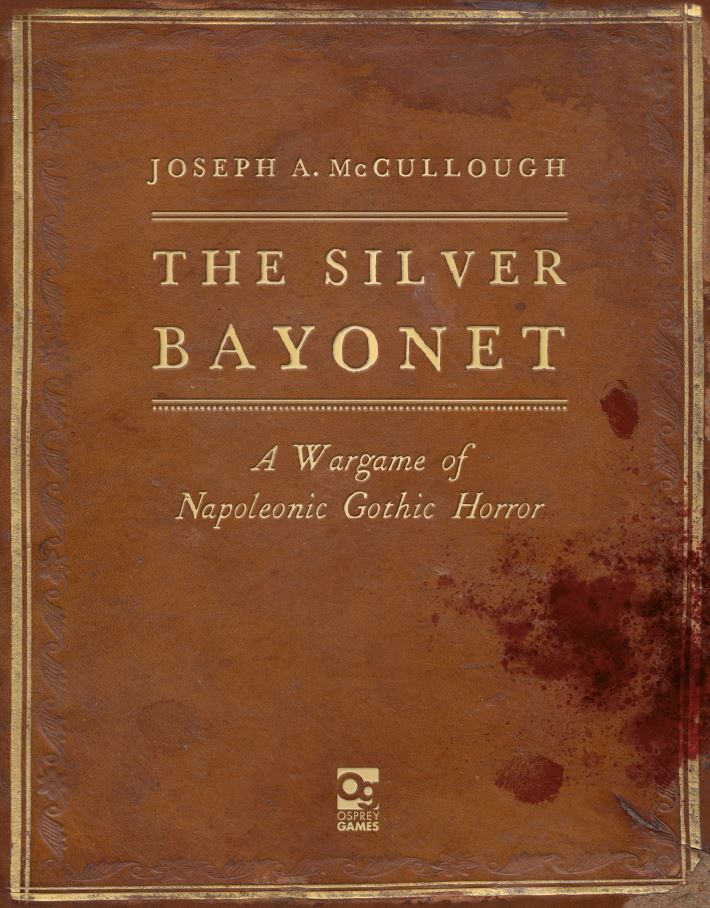

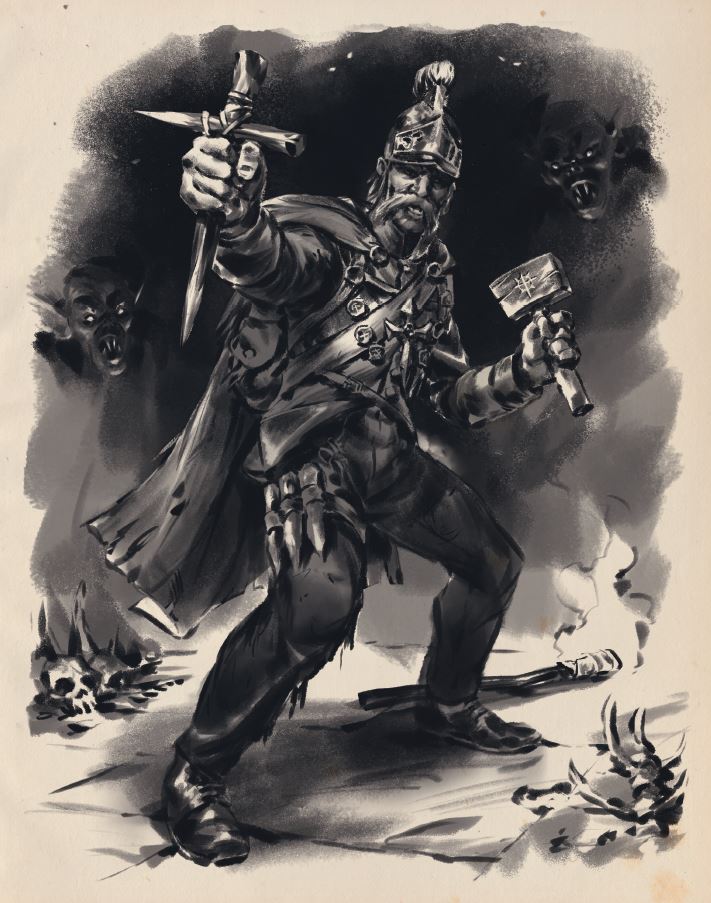
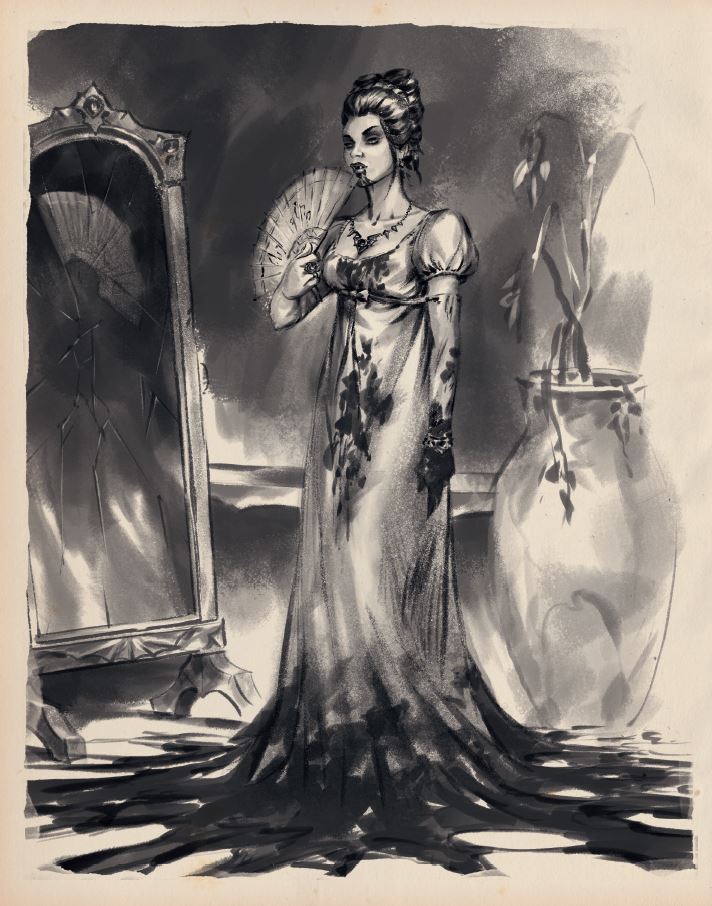
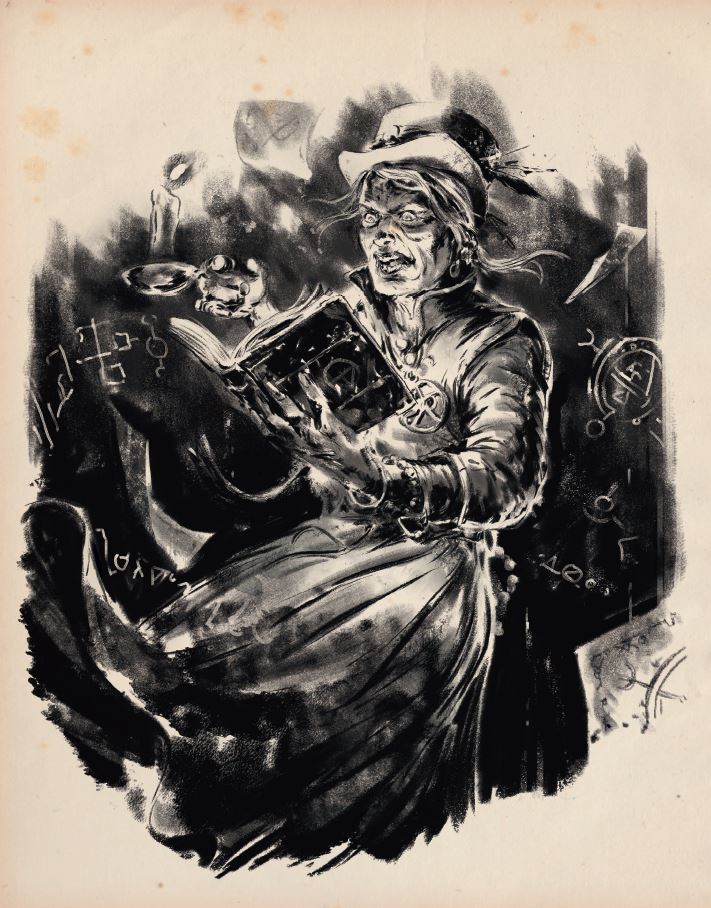

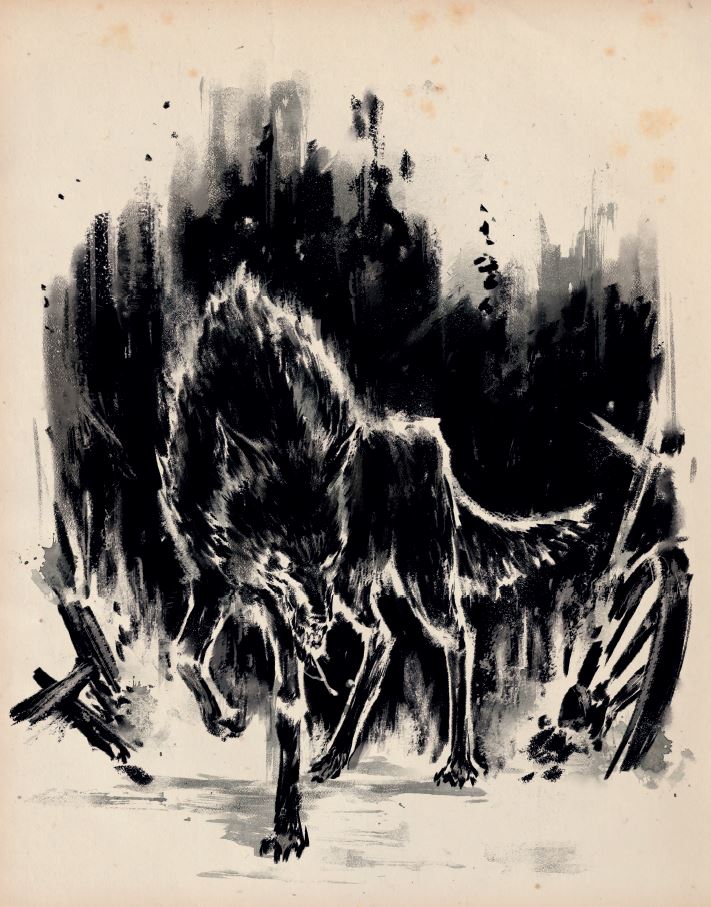
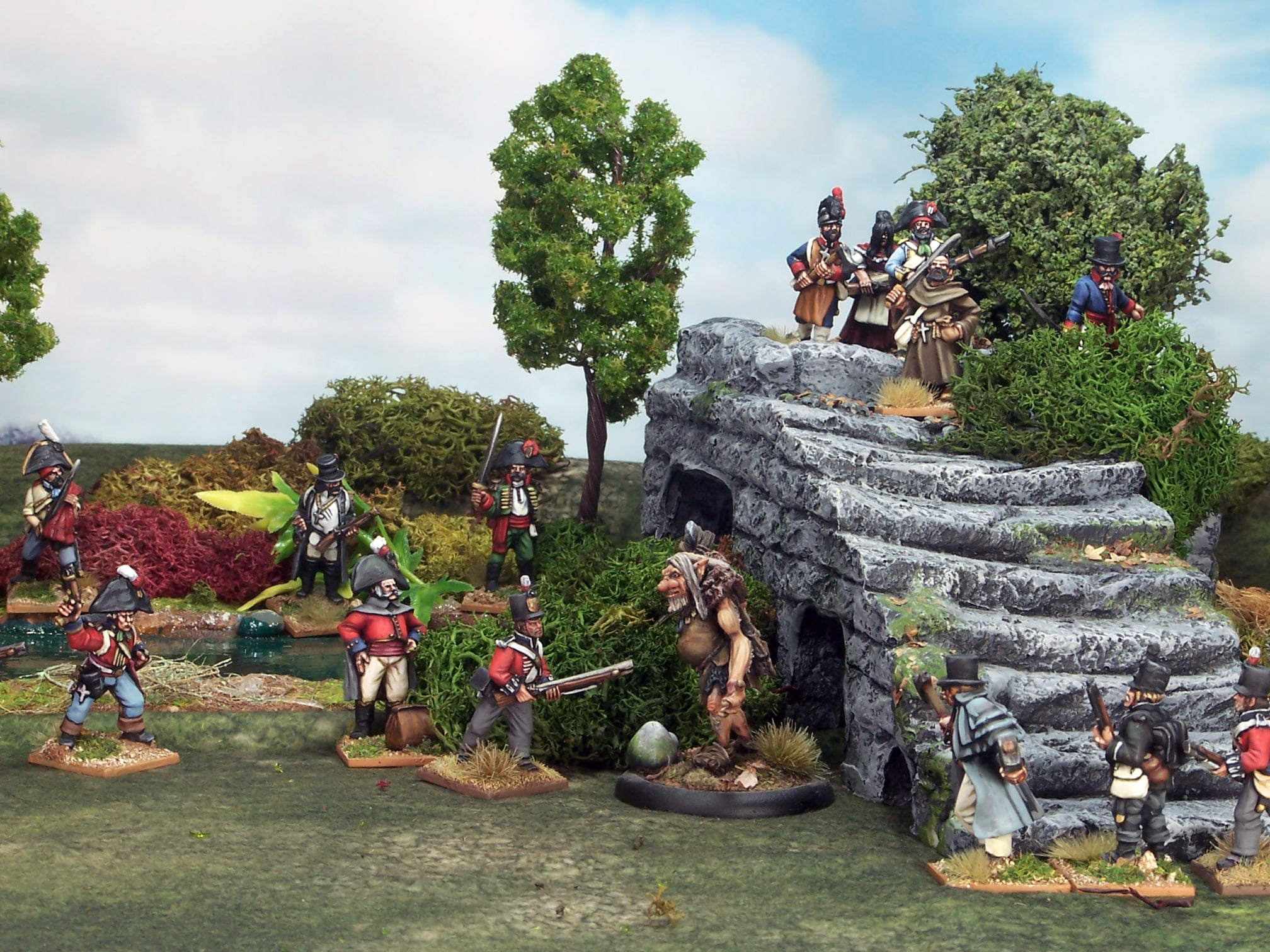
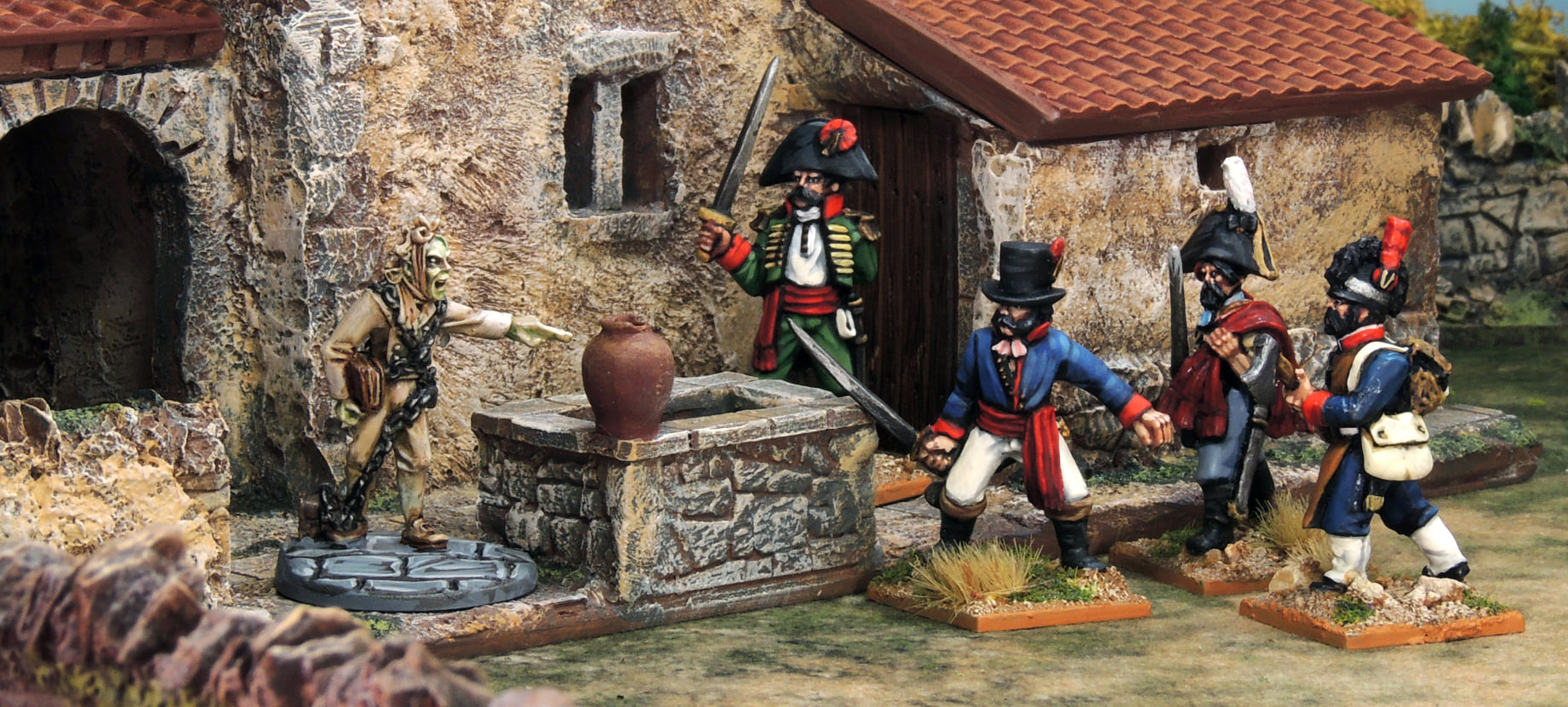
































Nice preview of the game. I’m very much looking forward to this, with the book on pre-order. I’ve passed on the faction sets for the moment, as I’ve got a nice selection of French from the Perrys, but I have used the collection of monsters at North Star to guide a bit of shopping around to build up a suitable roster of foes.
Looking forward to seeing the Russian and Austrian models when they are released, along with the goblins and revanents dressed in period appropriate wear that will be coming in the third wave of releases.
Thanks – yeah I think this could be another winner from the folks at Osprey and McCullough. I think it’s a good way to mix and match the historical with the spooky.
McCullough has done a pretty neat job of doing something good with the mechanics too. It feels like a good amalgamation of the rules from other games but with a twist here and there.
I enjoyed Chaos in Carpathia when I played it. Hopefully this will be as good
I gave in and bought the special early bird offer. Loved the article.
Ooh sounds interesting i liked that film came out around 2000?
I’ll definitely be picking this up and can’t wait to see the Russian miniatures when they land
I’ve had this on pre-order since it was first available.
Can’t wait! ??
This does “spark joy” with me and some others at the club, so I have ordered the rulebook. We’ve all got various levels of Nappies knocking around (lots of us like the period, none of us fancy painting up tons of models with white cross belts etc.) so the idea of skirmish-sized games in the period has immediate traction. Add in McCullough’s style of rules writing – which we all enjoy – and we’re sold. Bearing in mind the ASS pledge I have sworn though, I’ll be primarily digging through my boxes of old stuff rather than buying new models,… Read more »
Not sure I like ASS pledge… we need a new name for the society…
Bam ? sounds like a swish game
Looks like a great game. I already have Jane Austen Zombie Kiler game. I like REgency Fantasy games. Can this one be played solo?
Yep!
Finally got chance to read this preview, already on Pre order , I have a ready painted ‘Blunt, Riflemen and South Essesx for this, and plenty of another bad things from my collection of Mage Knight from the day.
Just need a few professional types to beef it out.
I am definitely getting this. It gives me an excuse to buy and paint some Napoleonic miniatures, a period in history that I absolutely love, when I otherwise wouldn’t really consider doing so due to the size of the commitment that games in that era typically represent – especially when you enjoy painting at 28mm scale as I do. I don’t even mind the “weird” aspect of it
Really liking the look of this game, great concept and solo play